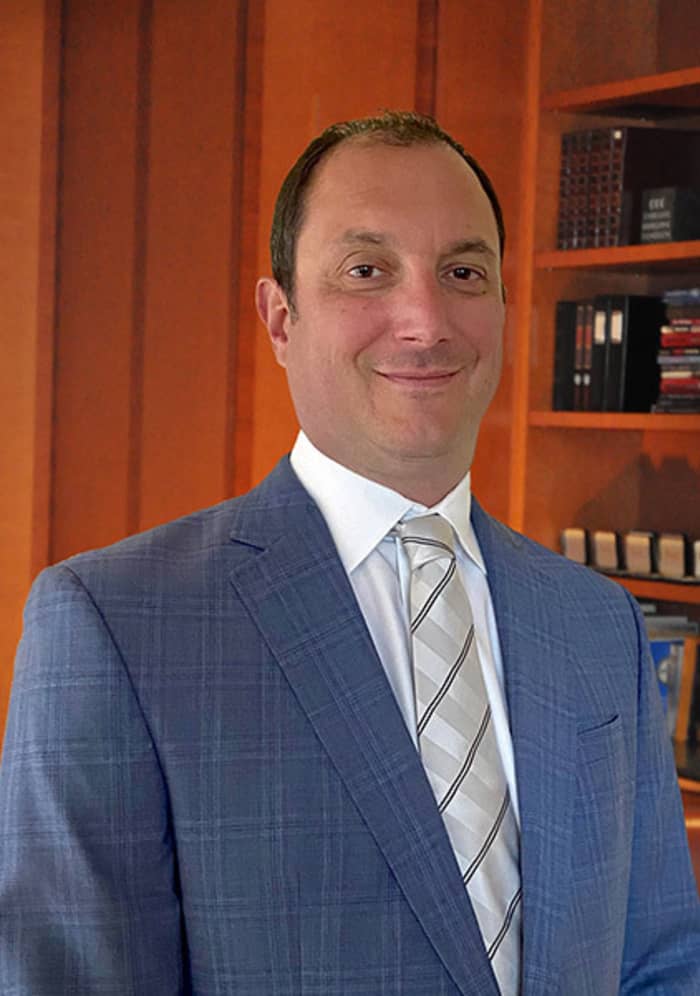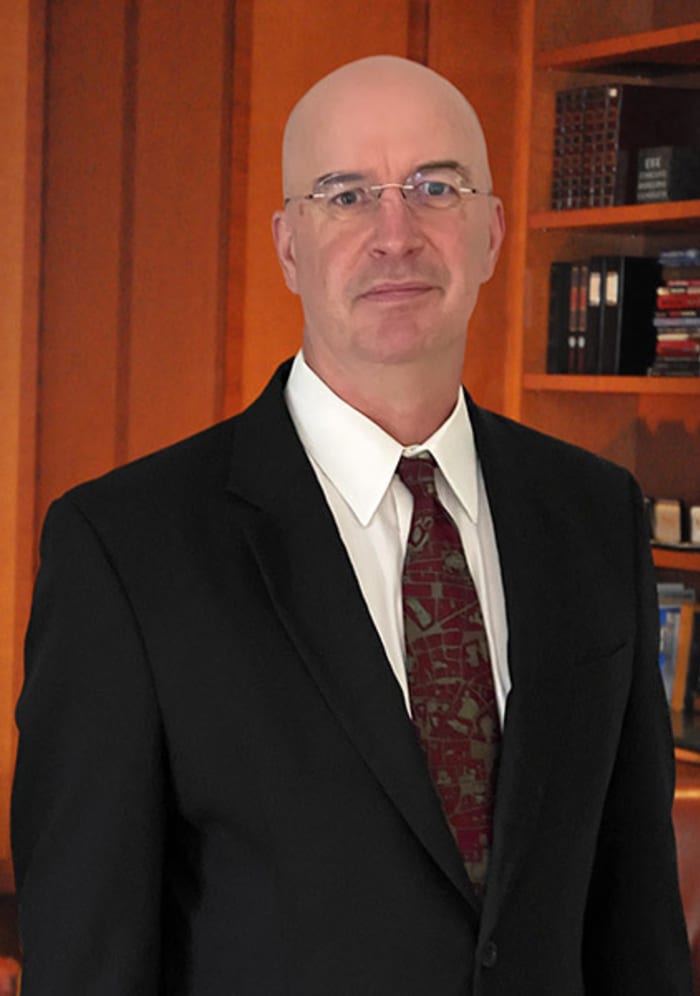This post was originally published on this site
Scores of new funds are claiming to practice environmental, social and governance investing, but their managers are failing to put in the work of determining whether companies they own adhere to those standards.
And that’s leading to style over substance, two long-time ESG portfolio managers said in an interview.
“The majority of investment managers that are applying ESG are simply paying money to data providers to tell them what is good ESG,” said Tony Tursich of the Calamos Global Sustainable Equities Fund (ticker: CGSIX).
ESG ratings aren’t like scores given by credit rating agencies, where there’s agreement on criteria for creditworthiness. With ESG, there are no standard definitions, so ESG scores on the same company by different agencies can vary widely. And there’s no clarity on how they arrive at those scores.
“The methodologies that these data providers use to arrive at their rankings is a black box,” Tursich said. “Bottom line, you can’t rely on these third-party data providers to tell you what is good ESG. And I think the bulk of investment managers out there today that want to be ESG are doing just that.”
With the Securities and Exchange Commission looking into creating standards and definitions for ESG, investment managers who consider ESG as a check-the-box exercise may soon have to change their practices.
“The legislation is starting to catch up to some of the greenwashers on the asset management side, and that will continue,” said Jim Madden, co-portfolio manager on the Calamos fund.

Tony Tursich (Calamos)
Sustainable-investing pioneers
Tursich and Madden are considered pioneers in the space, having seen the world of sustainable investing transform from a niche to a Wall Street darling. They developed one of the first sustainable research platforms in the 1990s, and in 1999 launched Portfolio 21, which was eventually bought by Trillium Asset Management, becoming Trillium ESG Global Equity Fund
PORTX,
Under their management, that fund beat its index, MSCI ACWI, and the world large-stock category, across short- and long-term time frames. It has a 10-year annualized return of 12.8% versus 11.6% for the index, and it beats 84% of its peers, according to Morningstar.
The two joined Calamos earlier this year as part of the company’s push into sustainable investing, and launched Global Sustainable Equities on Dec. 20. They plan to manage the new fund with the same philosophy they’ve had over the past 30 years, integrating ESG and financial metrics, and looking for high-quality companies with above-average growth potential. The managers say companies with attractive financial attributes that understand their existing and emerging ESG risks have a competitive advantage.

Jim Madden (Calamos)
Values + performance
In the 1990s, sustainable investing was mostly driven by values, with performance second. Tursich and Madden looked at ESG from an environmental risk viewpoint. But there was little data available that measured this type of material risk, so they gathered data from scratch, talking to companies, speaking to non-governmental organizations and combing through academic research.
Over the years they built criteria for proprietary ESG analysis used to score a company, reviewing data such as life-cycle analysis for a product or service, recycling/reuse, ecological constraints, and management’s commitment to sustainability and awareness of future risks, and more.
Today there are millions of data points, but understanding what’s material is critical, Madden said.
“The more important skill set these days is being able to filter all the information that’s out there … and that’s where our expertise comes in handy,” Madden said.
Many portfolio managers with long-term views want quality companies, but for Tursich and Madden, quality is multidimensional. On the financial side they focus on metrics such as a company’s return on invested capital and other compounding fundamental factors, but ESG is also a quality factor.
“ESG gives us a fuller picture of what a company is,” Madden said. “We want to identify the non-financial risks before they hit the P&L (profit and loss) statement. Because they will hit the P&L, they will manifest. And if you can see them before then, you save yourself a lot of pain.”
Net-zero nonsense
The two fund managers avoid corporate greenwashing by looking beyond marketing. Climate goals such as net zero is one of the latest marketing ploys, they argue. Net zero 2050 is a target to completely negate the amount of greenhouse gases produced by 2050. Some companies have made pronouncements but have no roadmap to reach that goal, and it can be hard for investors to figure that out.
“They’re just basically making the statement because investors are asking them to,” Tursich said. “They want to appeal investors broadly and also have a have a good image as it relates to the environment.”
To see if a company’s net zero goal is legitimate, the managers analyze a company’s operations, looking both at past operations and plans for the future. This backward and forward review demonstrates a company’s progress to reduce its environmental footprint and its environmental constraints.
It’s not easy for firms to decarbonize, and it takes time, which is why having a good business plan is critical. Madden pointed to shipping giant A.P.-Moller Maersk’s 2017 decision to sell its oil and gas division to French oil giant Total to become a pure shipping company as an example of a company in transition. On the other hand, not every green-looking company is a good value, such as some solar energy firms, since many don’t fit their traditional financial quality profile.
“Those business models aren’t necessarily great,” Madden said. “You have to marry the fundamentals with the theme, if that’s the way you think of it and folks that aren’t used to doing that.”
One of Madden and Tursich’s favorite firms, Darling Ingredients
DAR,
didn’t consider itself a sustainable company until the managers met company executives. The firm takes animal carcasses and used cooking oil to produce animal feed and biodiesel, recycling products that might otherwise go to landfills and creating usable goods, which Madden said “is the ultimate ESG story.”
A rendering plant is not a sexy ESG story, Madden acknowledged. “But at the same time, they have a great business model, great idea, great execution. Those are the companies that we look at,” he said.

